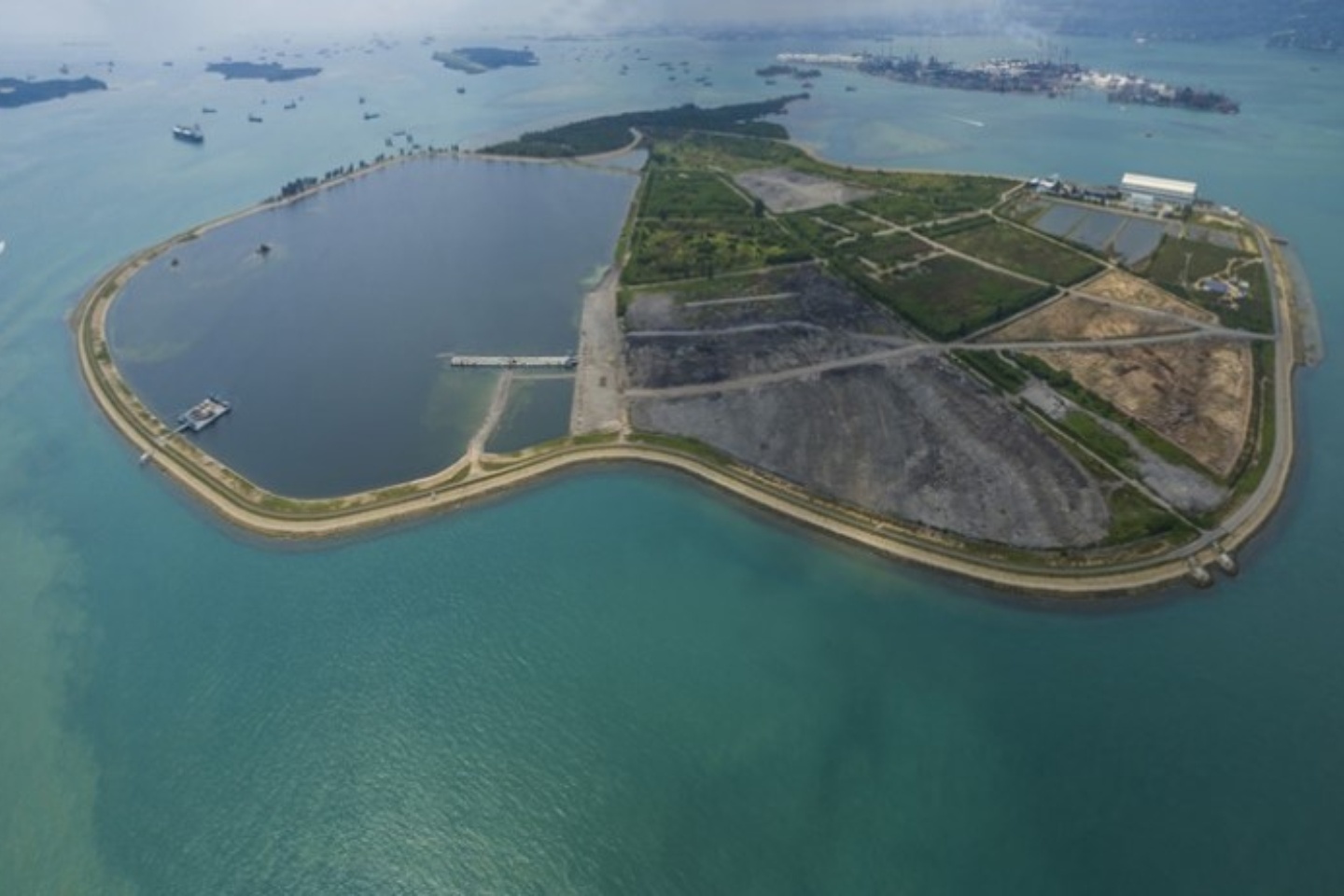Saving Our Landfill
01 Apr, 2020 7:27 AM / by Quek Leng Chuang

Where does the waste from Singapore end up and what can we do to lower it?
Pulau Semakau is the last remaining landfill of Singapore. When it is full, there is no place for the final disposal of unrecycled industrial and consumer waste left in our state. Exporting the residues of incinerated waste or exporting waste for recycling to other countries would be the only solution then.
Pulau Semakau Landfill
In previous times, Singapore has had several landfills on the main island. However, as these were all full by 1995, alternatives were needed to dump incinerated and not incinerable waste. Therefore in 1987, the Singaporean government acquired land from the people living on two small islands near in the sea, not far away from the Southern coast of Singapore. The habitants were resettled to HDBs and Pulau Semakau became the new and only landfill of Singapore.
About 8 km south of Singapore, Semakau Landfill is a lagoon island. Rocks encapsulate a part from the sea, however this was not natural. To create the landfill, Pulau Semakau and Pulau Sakeng were bent together, enclosing 350 hectare of sea space. Semakau is the only offshore landfill of its kind in the world. About 2,100 tons of waste arrive there by ship – daily. This consists of 1,500 tonnes of incineration ash from Singapore’s incineration plants in Tuas and also 600 tonnes of not incinerable waste.
Usually, landfills are dirty and smelly. For Semakau, this is not the case: It is a island with a remarkable amount of biodiversity: More than 700 species of animals and plants live there. Semakau landfill was even opened for the public. It is a preferred place for birdwatching as species like the Great-billed Heron, the tallest bird of Singapore amongst 66 others can be spotted there. In the nearby waters, corals have been planted and visitors can see a huge range of marine life. Even a large floating fish farm for Barramundi is situated in the water around Semakau. Singaporean restaurants buy and serve this fish that is grown in the clean, oxygen-rich offshore waters.
However, this idyllic scenery should not cover the fact that it is indeed pressing to find a solution other than incinerating and offshoring waste. There is no second Pulau Semakau. The landfill is filling up way to fast and is expected to be completely full as early as 2035! Aiming for possibilities other than incinerating trash, Singapore hopes to extend the lifespan of the landfill further.
Environmental Solutions superior to Incineration
Not only due to the alarming rate at which Pulau Semakau fills up, the Singaporean government launched the Zero Waste Masterplan in 2019. It includes new measures that should lower the amount of waste incinerated. Its goal is to rise the overall recycling rate to 70% and the domestic recycling rate to 30% by 2030 as recycling rates are still low in comparison to other countries. With recycling, we can derive a lot of resources such as base and precious metals from waste.
Through its main recycling operations, Environmental Solutions Asia already diverts away 20,000 tonnes per year from Semakau landfill. However, we strive to enhance our impact and therefore investigated the waste streams of Singapore closer.
When it comes to construction debris and ferrous metal, the recycling rate is around 99% already and we can be proud of this rate. However, especially the recycling rate of plastic waste and food waste is extremely low in Singapore. This coincided with one of the reasons why Environmental Solutions Asia decided to pursue new developments: This year, we will start to process packaging waste and provide it a second life in the form of NewOil that can be distilled and refined further into diesel. It is a form of chemical recycling by means of transformation of plastic waste. No or little residue will be left and if any, they will be given a second lease of life as well. As Singapore produces 949,300 tonnes packaging waste per year, processing plastics to NewOil has an incredible potential of lowering the amount of waste sent to Pulau Semakau landfill. Our current recycling rate for plastic waste is only 4% – there is great potential for improvement!
Newoil serves as an efficient solution for Singapore to produce energy for transportation from waste, which is in ecologic and economic terms superior to incinerating waste and importing fuel from other countries.
Nevertheless, we are also convinced that it is important to lower the amount of waste in general and therefore also continue raising awareness among our employees with regards to this. To sum up, we welcome the Zero Waste Masterplan and work on sustainable solutions everyday to lower the amount of waste that ends up on Pulau Semakau landfill.
Join in the Fight Against Incineration/Disposal
If your company has plastic waste or any other form of waste that you want to put through true recycling as opposed to incineration or disposal to our precious landfill, look no further and get in touch with us today via or call +65 6653 2299 today.
Topics: Corporate Social Responsbility, Environmental Offset, Metal Waste, Packaging Waste, Reimagining Sustainability, Sustainability in Singapore, Wood Waste
Written by Quek Leng Chuang
LengChuang is a chemical engineer and an expert in carbonomics. He is the founder and owner of Environmental Solutions (Asia) Pte Ltd.
